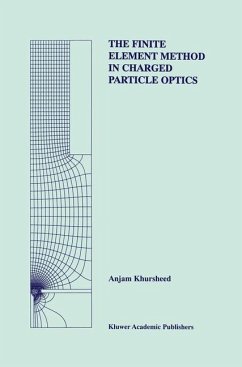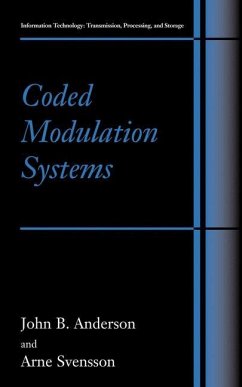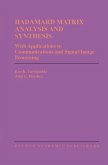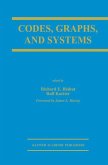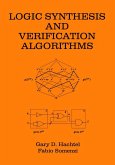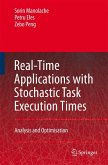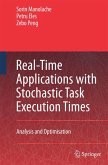In the span of only a few decades, the finite element method has become an important numerical technique for solving problems in the subject of charged particle optics. The situation has now developed up to the point where finite element simulation software is sold commercially and routinely used in industry. The introduction of the finite element method in charged particle optics came by way of a PHD thesis written by Eric Munro at the University of Cambridge, England, in 1971 [1], shortly after the first papers appeared on its use to solve Electrical Engineering problems in the late sixties. Although many papers on the use of the finite element method in charged particle optics have been published since Munro's pioneering work, its development in this area has not as yet appeared in any textbook. This fact must be understood within a broader context. The first textbook on the finite element method in Electrical Engineering was published in 1983 [2]. At present, there are only ahandful of other books that describe it in relation to Electrical Engineering topics [3], let alone charged particle optics. This is but a tiny fraction of the books dedicated to the finite element method in other subjects such as Civil Engineering. The motivation to write this book comes from the need to redress this imbalance. There is also another important reason for writing this book.
Bitte wählen Sie Ihr Anliegen aus.
Rechnungen
Retourenschein anfordern
Bestellstatus
Storno

